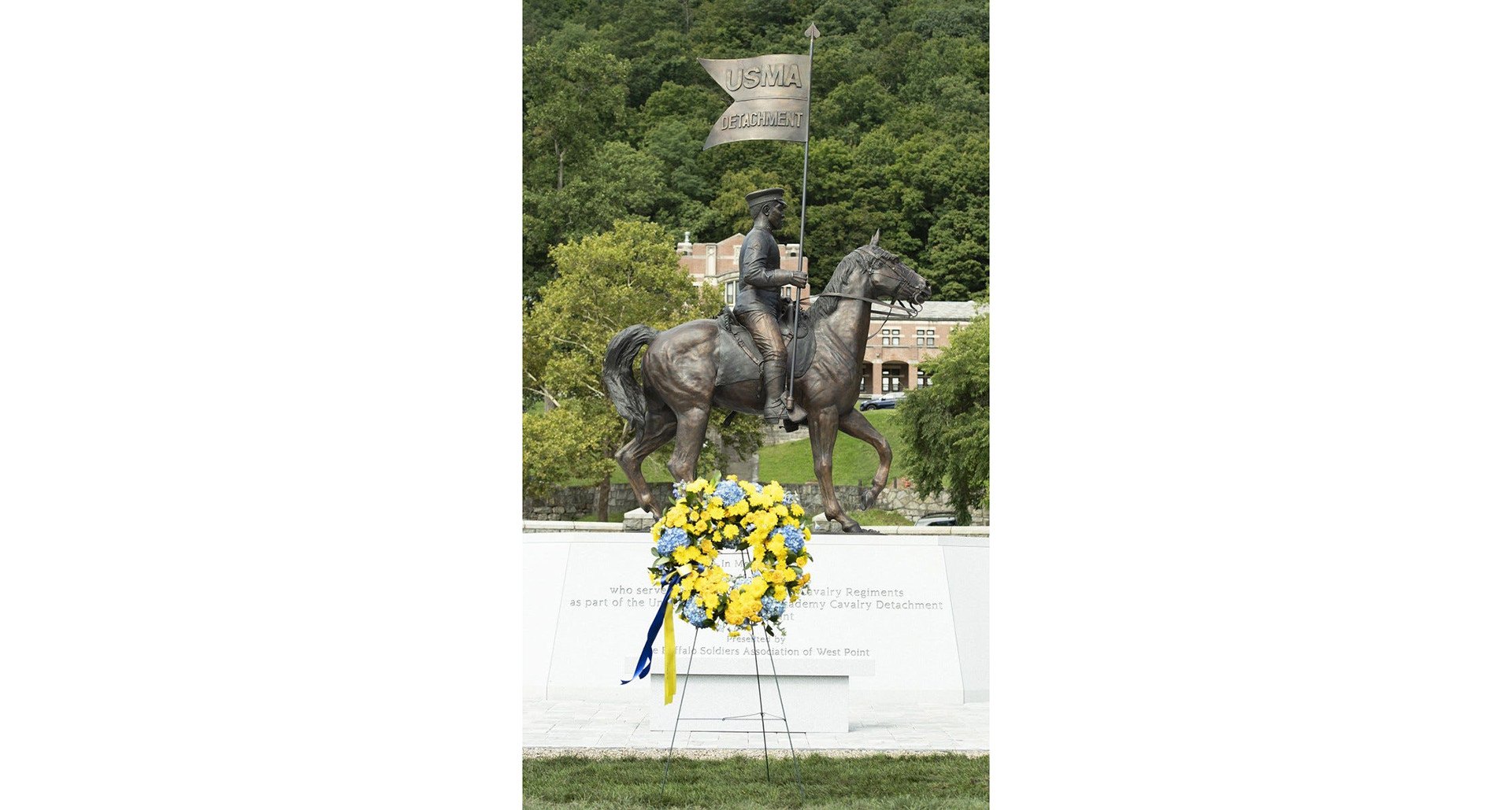
Army cavalry and horsemanship in America
Editor’s note: This article originally appeared at Army 250, a volunteer effort led by Army veteran Dan Vallone to commemorate the U.S. Army’s 250th birthday throughout 2025. Look for more of Vallone’s work this month at legion.org, and click here for an archive of his weekly posts about how the Army has shaped American culture and society.
For a long time, the horse was to Army cavalry what the shield was to Spartans: you either returned victorious or died fighting in the saddle. The cavalry prayer “Fiddler’s Green” drives this idea home, with rider and mount ending their journey together: “And so when man and horse go down ….” So essential was the horse to a cavalry soldier’s identity that grizzled veterans cried when the Army shut down the final horse units in the early 1940s.
This December marks the U.S. Army cavalry’s 249th anniversary, and so it’s an appropriate time to reflect on the bond between soldier and horse, and the influence this has had on horsemanship in the country. The bond can be hard to understand. It’s easy, for example, to watch the fictional cavalry charge in the 2011 movie “War Horse,” where swords and saddles were gunned down by machine guns, and be mystified that anyone would bring a horse to such a battle. Yet mounted operations persisted in World War I, and even for decades after, many in the Army wanted combat roles for horses to continue.
As author Timothy Winegard makes clear in his new book, “The Horse: A Galloping History of Humanity,” the ties between horses and humans go back thousands of years. In the Army, horses – and the cavalry more generally – occupy a unique place in history and lore. Skill with horses was instrumental to George Washington’s rise to military leadership, and he was a devoted equestrian his entire life. Ulysses S. Grant similarly was known as a phenomenal rider and is immortalized atop his favorite horse Cincinnati on his monument in Washington, D.C.
The Buffalo Soldiers of the late 19th and 20th centuries, the first peacetime units that were comprised entirely of Black soldiers, were among the finest cavalrymen in the Army. They were so gifted with horses that during a time when segregation denied admission to West Point to most Black Americans (between 1870 and 1936, only four Black cadets graduated), Buffalo Soldiers served as riding instructors for the corps.
George Patton was a cavalry office and renowned horseman. He competed in the pentathlon at the summer Olympics in 1912 and was known for his skill in polo (today the U.S. Polo Association hosts the National General George S. Patton Jr. Cup). Such was his love of horses that Patton authorized a mission at the end of World War II to rescue an elite group of horses that the Nazis had captured from Poland, Yugoslavia, Italy and Austria. Even as horses were fading from active service, there were more than enough cavalry soldiers willing to risk their lives to rescue these stallions.
The end of the horse soldier, however, was just the beginning of modern equestrian sports in America. Army personnel played leading roles in forming and shaping much of how Americans interact with horses, from polo and dressage to racing (the owners of both Seabiscuit and Secretariat were Army veterans) and rodeos. And the Army continues to be an active part of these associations as well.
While today’s horses serve primarily ceremonial purposes in the Army – with rare exceptions such as in the invasion of Afghanistan in 2001 – the influence of the horse soldier looms large. Millions of Americans participate or engage as fans with horse sports and activities. And some of the most popular shows in culture – most notably “Yellowstone” and other pieces from Taylor Sheridan – give starring roles to Americans’ bonds with horses. As someone who once wore spurs and sported a Stetson as part of the 1st Cavalry Division (America’s First Team), all I can say is giddy up!
- Honor & Remembrance

